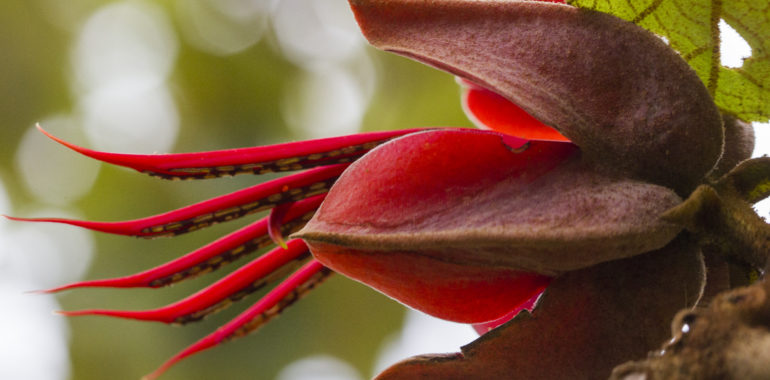Guatemala is widely known for being a Megadiverse country in terms of its natural and cultural resources, but this diversity is not only special for its uniqueness, but also for the management that has been given to it. The native people of the country have inherited important knowledge about the uses of plants for generations. We call this relationship between human groups and plants in a temporal, cultural, and ecological dimension, ethnobotany. Ethnobotanical research is extremely important because it adds to the loss of knowledge and simultaneously protects biodiversity. Furthermore, it is an interdisciplinary science that integrates botany, biology, and sociology.
Within the ethnobotany, we can find edible and ceremonial plants, for the realization of crafts and cultural traditions, timber, and many other uses that are given according to the region. However, the most representative use, after edible, is medicinal use. Nowadays, it seems very normal to us to know that a “Pericón” tea (Tagetes lucida) is very good for our digestion or that we can use “Epazote” (Dysphania ambrosioides) for gastrointestinal problems. Now we have laboratories and technology that allow us to confirm these data since we can determine the components of plants and the reactions they generate in our bodies, but it is necessary to remember that ancestral cultures had to go through many years of experimentation to finally understand the function of each plant and transmit learning orally for generations to the present. For this reason, their knowledge is so valuable and honored by many researchers, interested people, and of course, by the communities that still preserve their traditions.
Whether we recognize it or not, without the ancestral knowledge of Mesoamerica the world would not function the same. We would not know corn, which was domesticated in this region, or cacao or rubber, which are known and used worldwide. Unfortunately, the culture shock generated with the arrival of the Spaniards eliminated a lot of information that helped us to complement the understanding we have so far. The FLAAR Mesoamerica team is committed to rescuing this information and disseminating it to promote the preservation of native plants and biodiversity in general, so we would like to share some medicinal plants that you may not yet know or that are simply unaware of their properties and uses.
1. Canak (Chiranthodendron pentadactylon): The flower is mainly used (fresh or dried) to treat heart conditions, diarrhea, nerve disease, or epilepsy. Ancient Mayas used to cook the leaves and flower nectar to treat eye inflammation and ease the pain in hemorrhoids. The cooked leaves, together with the bark and the flowers are used for cataplasm and for baths to treat hemorrhoids, ophthalmic and chronic ulcers. But, like with many other native plants, it has not only medicinal uses. It’s believed that the Mayas use this nectar flower to produce honey. Today the tree leaves are used to wrap tamales, cheese and other foods. One of the principal uses of the tree is as shade and ornament in parks and gardens because of the beauty of the flowers. The wood is used in carpentry (Cáceres 2000 and 2009).

Chiranthodendron pentadactylon – Photo by Nicholas in Alta Verapaz
2. Zapotón (Pachira aquatica): According to Castro et al (2014) the boiled leaves are used for fever and headaches and the fruits for respiratory diseases. It is mentioned that this tree is antidiabetic. Zapotón is very similar to the common Zapote (Pouteria sapota) on the outside, but not on the inside. In addition, they belong to different genera so they are not related, but what both species share is that they are edible. The seeds of Pachira aquatica can be eaten raw, roasted, fried or boiled. The roasted seeds can also be ground into flour to make bread, or to make a drink similar to hot chocolate (Duarte and Paull, 2008; Lim 2012).
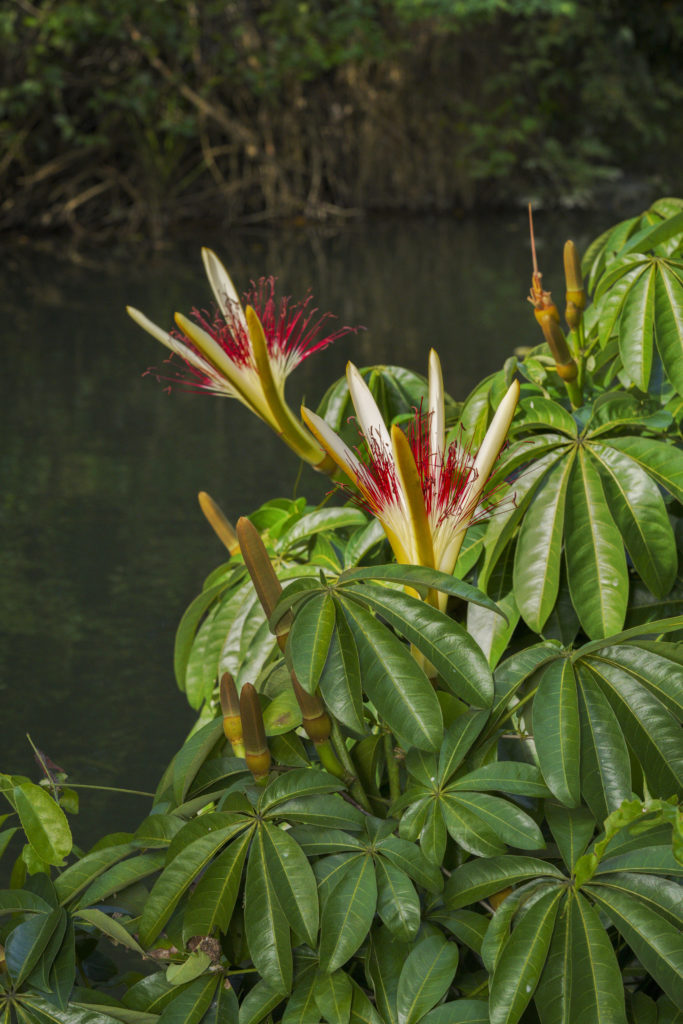
Pachira aquatica – Photo by David Arrivillaga in Lago de Izabal November2021
3. Palo de Campeche or Logwood (Haematoxylum campechianum): The main or best-known use of this tree is dying, from its trunk black, brown or sepia, gray, violet, and blue pigments could be extracted. But what is less mentioned is its use in traditional medicine as an astringent and tonic. It is also useful against diarrhea, dysentery, dyspepsia, and leucorrhoea. The extract “haematoxylin” has been shown to possess anti-inflammatory properties (Seegeler, 1992; Gurib-Fakim, 2005; Graveson, 2012). It is native from Mexico (Campeche and Yucatan), Guatemala, Belize and Central America and grows primarily in flat terrain with clayey soils, deficient drainage, and periodic flooding (Niembro, 2002).
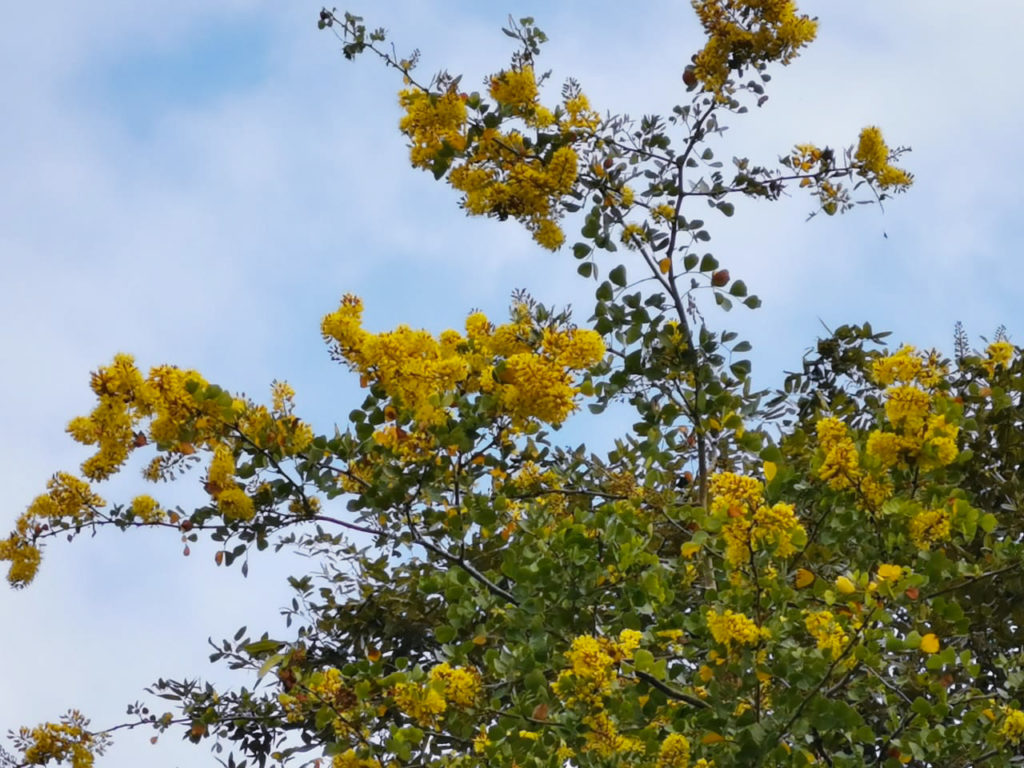
Haematoxylum campechianum – Photo by Moises Díaz in Yaxha, Peten 2020
4. Hierba de cáncer (Acalypha guatemalensis): Is also called by guatemalans as Borreguillo, Corrimiento, Gusanillo and Sajoi. The flowers and leaves have medicinal properties. It is traditionally used for gastrointestinal problems, allergies, cancer, headache, venereal diseases, rheumatism, pyelonephritis, and colds. This herb lives long and the plant is resistant to drought, can reach 50 cm high, simple or branched; hairy stems at the nodes. Elongated, membranous, oval, pointed, edged leaves. Small, green or red flowers, thin spikes, compact hairy and drooping. Acalypha guatemalensis is native to Guatemala, disturbed in dry or wet soils, cultivated fields and vegetation from 750-2,500 meters above sea level; grows in Baja Verapaz, Chimaltenango, Guatemala, Huehuetenango, Jalapa. Quetzaltenango, Quiché, Santa Rosa, Sacatepéquez y Sololá (AESCA, 2018).
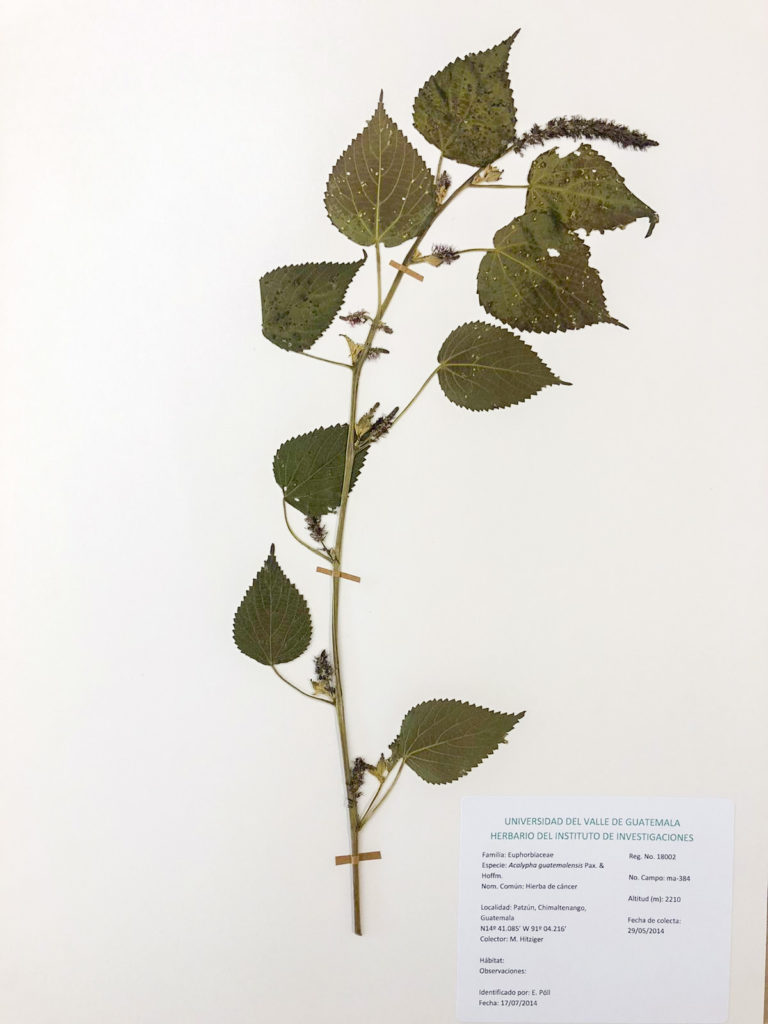
Acalypha guatemalensis – Photo in especimen herborizado en el herbario UVAl – UVG por Licenciada en Biología Maria Renée Alvarez
5. Tres Puntas (Izabal), Mano de lagarto (Petén) (Neurolaena lobata): The leaves of this plant are used by the community Primavera in Ixcan, Quiché para parásitos, anemia, paludismo y amebas. Several leaves (8-10 leaves) are cooked in a liter of water for 15 minutes, then it is cooled and 1/2 glass is taken daily for 5 days. For children, the dose is half and it is taken for 3 days. It is native from southern Mexico to Panama, as a weed in plantations, steep places or on the edge of roads or rivers, in humid scrub or forests of oaks, common in secondary growth, in cultivated lands and open places. It is distributed from 0-1,400 meters above sea level. In Guatemala it has been described in Alta Verapaz, Chiquimula, Escuintla, Izabal, Petén, El Progreso, Quetzaltenango, Retalhuleu, San Marcos, Santa Rosa and Suchitepéquez (Rodríguez, 2008).
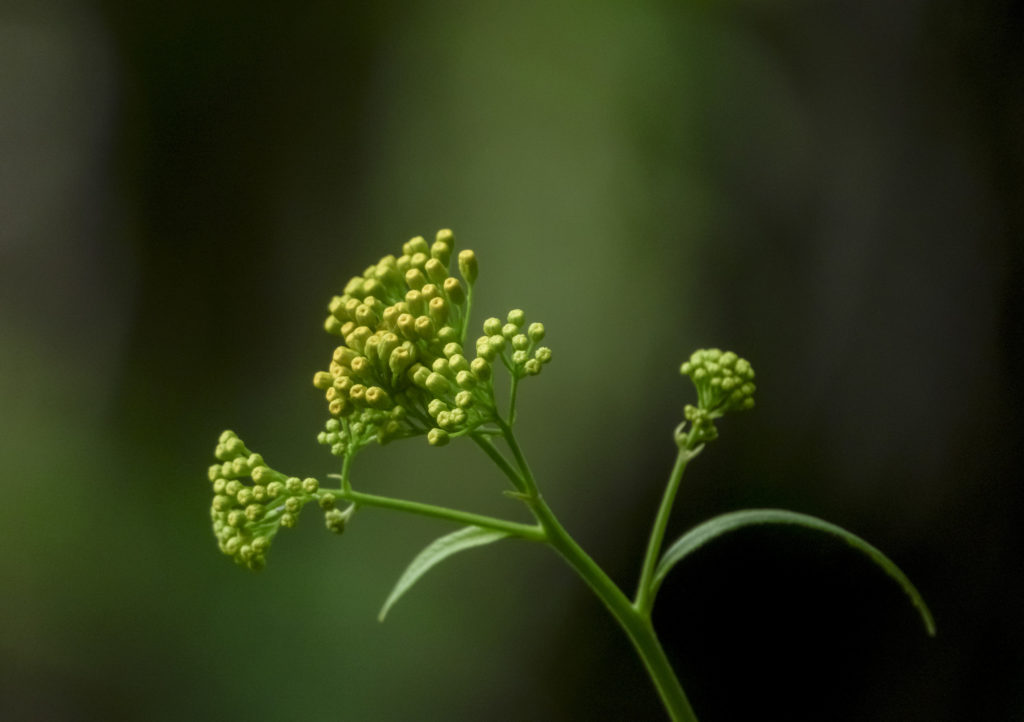
Neurolaena lobata – Photo in Victor Mendoza in Río Sarstún February 2021
6. Amaranto or Amaranth (Amaranthus hypochondriacus): Amaranth is well known for the nutritional value of its leaves as an important source of vitamins A, C, B9 and B6, a source of lysine and dietary fibers, however, it also has other uses. The infusion of the leaves is useful to combat diarrhea, dysentery, intestinal bleeding, and excessive menstruation. It is also used in compresses for skin ulcers. As a gargle, for throat irritations Also for blood pressure, cholesterol, blood sugar level and weight; likewise, it increases immunity, treats anemia, gastrointestinal tract disorders and has antioxidant and anti-inflammatory properties and benefits for the skin and hair (AESCA, 2018).
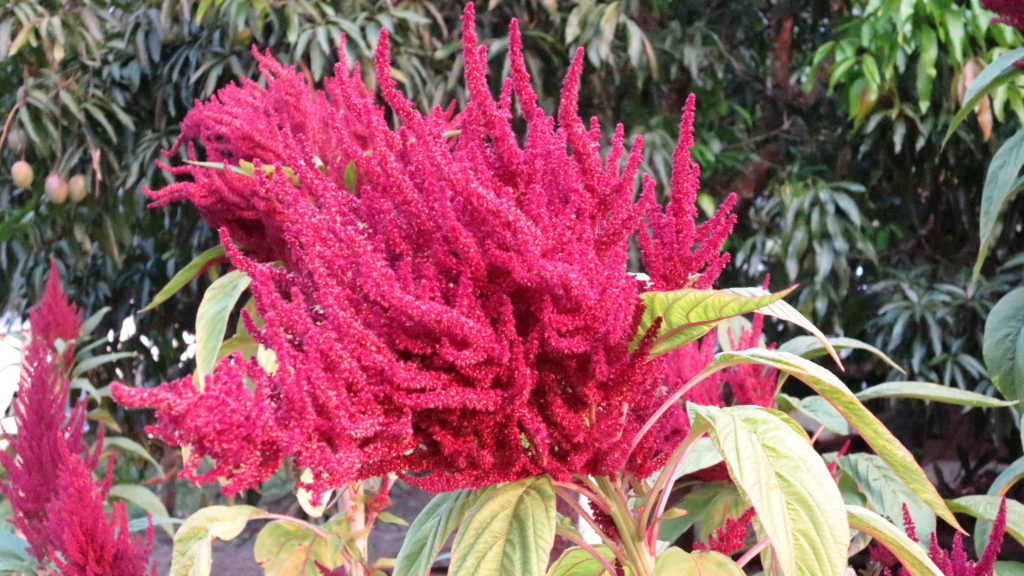
Amaranthus hypochondriacus – Photo by Nicholas Hellmuth in Candelaria, Campo Sando May 2013
The amount of native medicinal plants in Guatemala is quite large, so we could not cover all of them in this article, in addition to the fact that many are still little studied or the information has been little disclosed because it corresponds to the knowledge of different communities and regions. Therefore, it is necessary to bring together efforts from different disciplines to help collect complete information. In addition to having ethnobotany for the study of the relationship between humans and plants, there is also Ethnopharmacology that studies the pharmacological activity of simple and compound remedies made with plant parts, used to alleviate different conditions. On the other hand, another very important field to take into account is language, since there are still linguistic barriers that often make research and communication difficult to accomplish. It is very recurrent that the common name of the same plant changes according to the area, or on other occasions, that the same common name is used for different plants. This is the reason why whenever we investigate the uses of a plant we are interested in knowing its local name. A big example is Neurolaena lobata, which is called “Tres puntas” in Izabal, but “Mano de lagarto” in Peten.
Benefits of medicinal plants:
- Easy to grow for families.
- Easy access and without contamination.
- It is used for the relief and cure of many diseases.
- It is used for preventive-curative purposes of symptoms-diseases in the body.
- They strengthen the proper functioning of our entire body.
- Ancestral knowledge is rescued and valued and replication in generations is guaranteed.
- For several families, it constitutes an additional or unique source of income for families (wholesale and retail) in green, dehydrated, powder, or composite.
- Avoid expenses and save lives in cases of crisis and emergencies.
- The most important thing is that it treats several diseases at the same time and does not generate side effects when using them.
- Improves and allows the recognition of local actors and improves human relations between patient, promoter, and therapist.
Important points to consider when planting medicinal plants
- Make a list of the diseases that most affect the family, community, or country.
- Choose the spices and place to grow; location: can be in pots, own land.
- Type of soil, preferably rich in nutrients.
- Sowing time or seasons (winter season recommended) if there is not enough water for irrigation.
- Carry out a survey of the local species and of other regions to acclimatize them.
- Moon phase and correct schedules to guarantee its germination.
If you want to continue learning about native plants, you can consult our virtual workshop on Native Plants of Guatemala or our website www.maya-ethnobotany.org for specific information on the plant of your interest.
BIBLIOGRAPHY
- 2018
- Manual de plantas medicinales. Descripción y aplicación.
Downloadable online:
https://asecsaguatemala.org/2018/wp-content/uploads/2019/07/Libro-Manual-Plantas-Medicinales-ASECSAreimpresion.pdf
- 2008
- Estudio de las plantas medicinales conocidas por la población de la comunidad de
primavera, del municipio de Ixcán, Quiché, utilizando técnicas etnobotánicas.
Universidad de San Carlos de Guatemala. Facultad de Agronomía. Instituto de investigaciones agronómicas. pages 167.Downloadable online:
http://biblioteca.usac.edu.gt/tesis/01/01_2405.pdf
WEBSITES
www.cabi.org/isc/datasheet/39234
Pachira aquatica information
www.maya-ethnobotany.org/utilitarian-plant-fiber-medicinal-plant-mayan-ethnobotanicals-guatemala-el-salvador-honduras-mexico/images-photos-canak-chiranthodendron-pentadactylon-flowers-tree-leaves.php
Chiranthodendron pentadactylon information
www.mexicodesconocido.com.mx/palo-de-campeche-tinte-prehispanico.html
Haematoxylum campechianum information
Written by: Vivian Hurtado y Victor Mendoza.
ID by: Victor Mendoza.

